5 Clever Things That Stop High-Powered FWD Cars From Killing Us
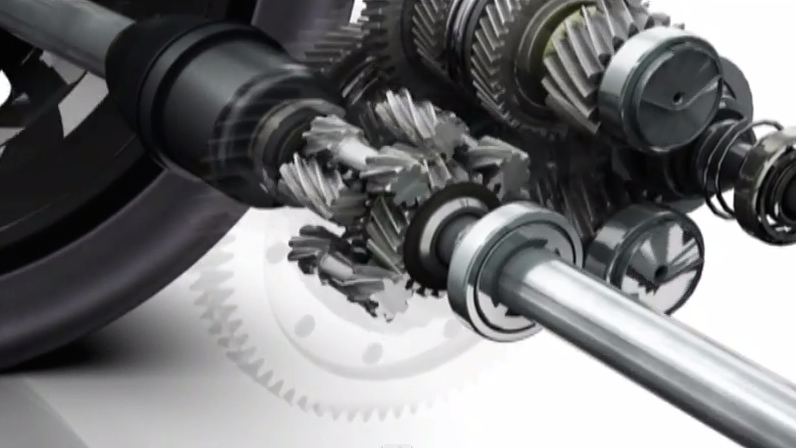
1. Limited-slip differentials
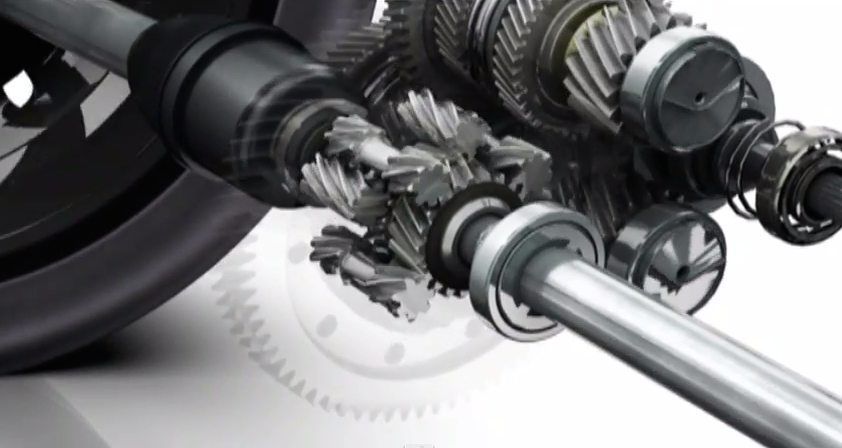
This is perhaps the most obvious route for quelling rampant understeer in high-power front-wheel drive cars. In essence, a limited-slip diff will send more torque to whichever wheel has more traction.
There are several different types of limited-slip differential, and each works in a different way. Viscous diffs, for instance, use a ‘viscous coupling’ to get the torque transfer from wheel to wheel - which relies on friction caused by a fluid heating and expanding. Other LSDs, like the one on the razor-sharp Renault Megane 275 Trophy, are electronically-controlled, using a computer-operated clutch.
2. Electronic differentials
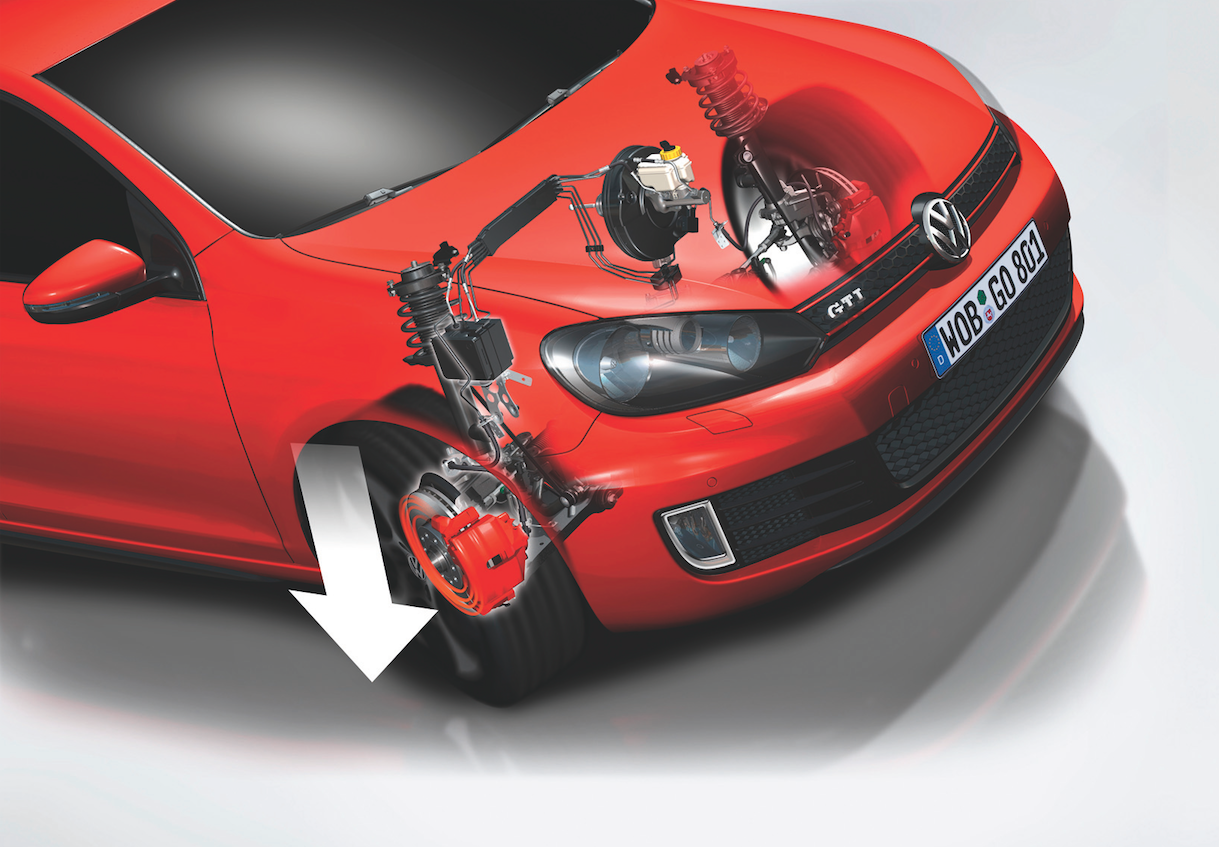
These systems are designed to mimic the effects of a limited-slip differential, but without any physical, moving parts. They’re more of an electronic aid, and usually operate by braking whichever driven wheel is losing traction. It’s often impossible to turn these systems off in cars which have them, something that many ‘purists’ complain about. However, in our experience (particularly with our Skoda Octavia vRS and its VW ‘XDS’ electronic diff), it’s difficult to notice these systems doing their thing. What you will notice is a lack of understeer and neutral handling characteristics.
3. VW VAQ
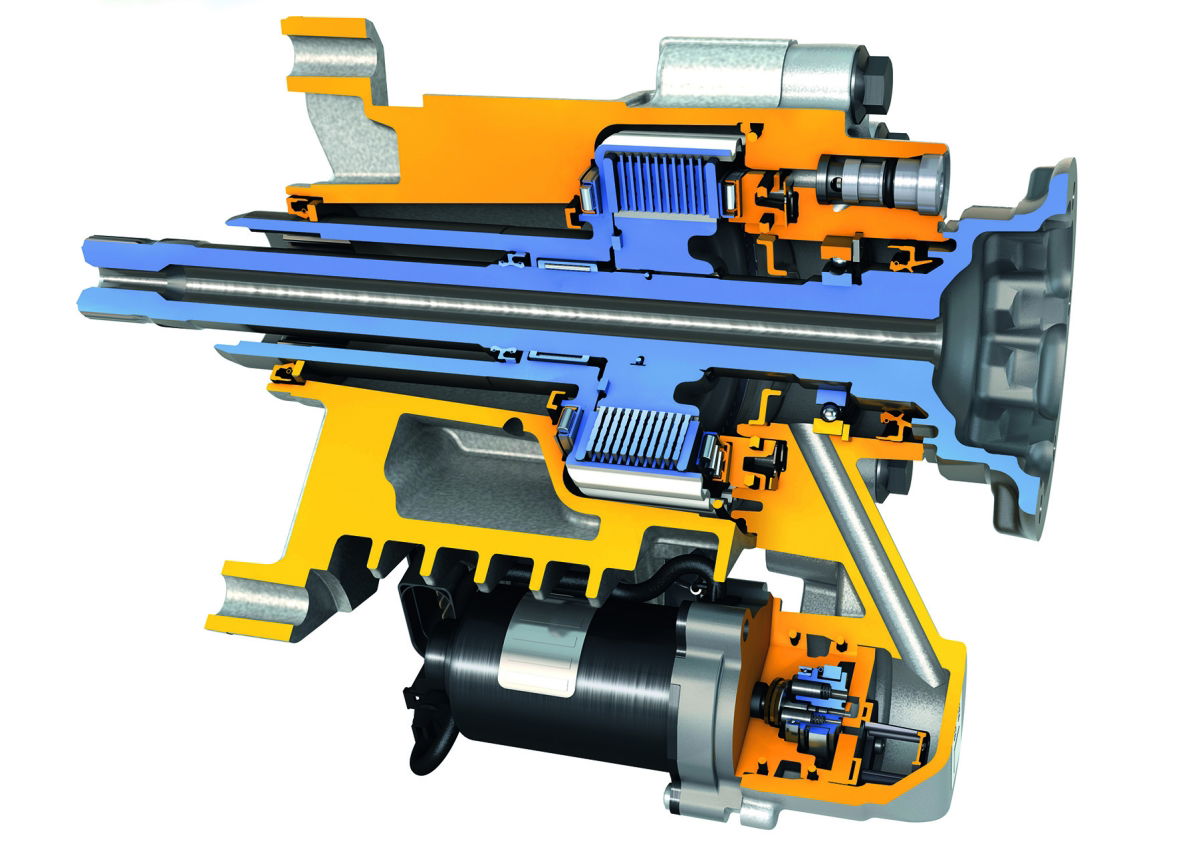
When is a diff not a diff? When it’s VW Group’s Vorderachsquersperre, of course. Although VW calls it an ‘Electronically controlled front-axle transverse differential lock’, it’s actually independent of the differential housing, and instead distributes torque to the wheels through a Haldex-style clutch. It’s often described as ‘one half of a Haldex four-wheel drive system’, and is able to send up to 100 per cent of the engine’s power to either of the driven wheels.
It’s fitted as standard on Seat’s scorching Leon Cupra 280, and after driving the car extensively on road and track, we can tell you that it’s incredibly effective. As you start to understeer, you actually have to give it more throttle, which tightens your line and gives a sensation of being dragged out of the corner.
When Ford announced its Mk2 Focus RS would be packing a faintly ridiculous 300bhp while retaining a front-wheel drive layout, the question on everyone’s lips was just how it’d cope with the 2.5-litre engine’s might without torque steering into a hedge. It turned out Ford was using two methods to combat understeer and torque steer: a conventional limited-slip differential from Quaife, and a system it called ‘RevoKnuckle’.
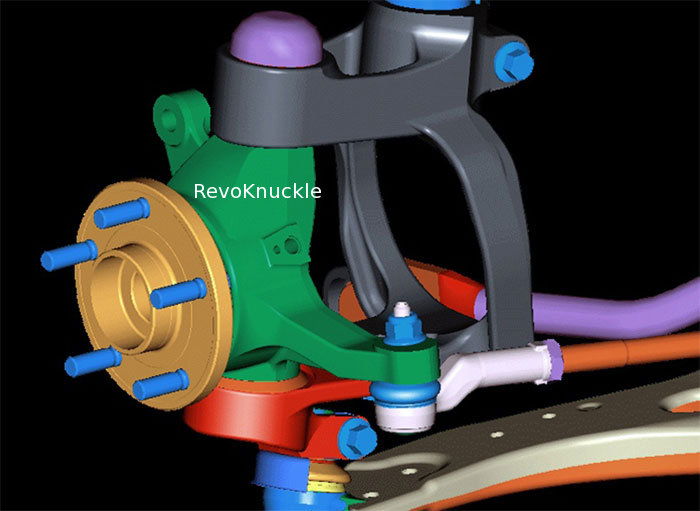
Revoknuckle is a variation of the MacPherson strut front suspension design. The bottom of the strut features a C-shaped section, and in this sits a steering knuckle. This design separates the suspension and steering functions, and brings the steering axis closer to the wheel’s centre line. All this means you’re less likely to have the steering wheel threatening to wrench itself out of your hands when you plant the throttle.
Ford isn’t alone in offering a different take on the MacPherson design in high-powered front-wheel drive cars. Renault developed its own similar system, and Honda’s new Civic Type R will feature a design called ‘Dual Axis Strut’.
5. Electric torque steer compensation
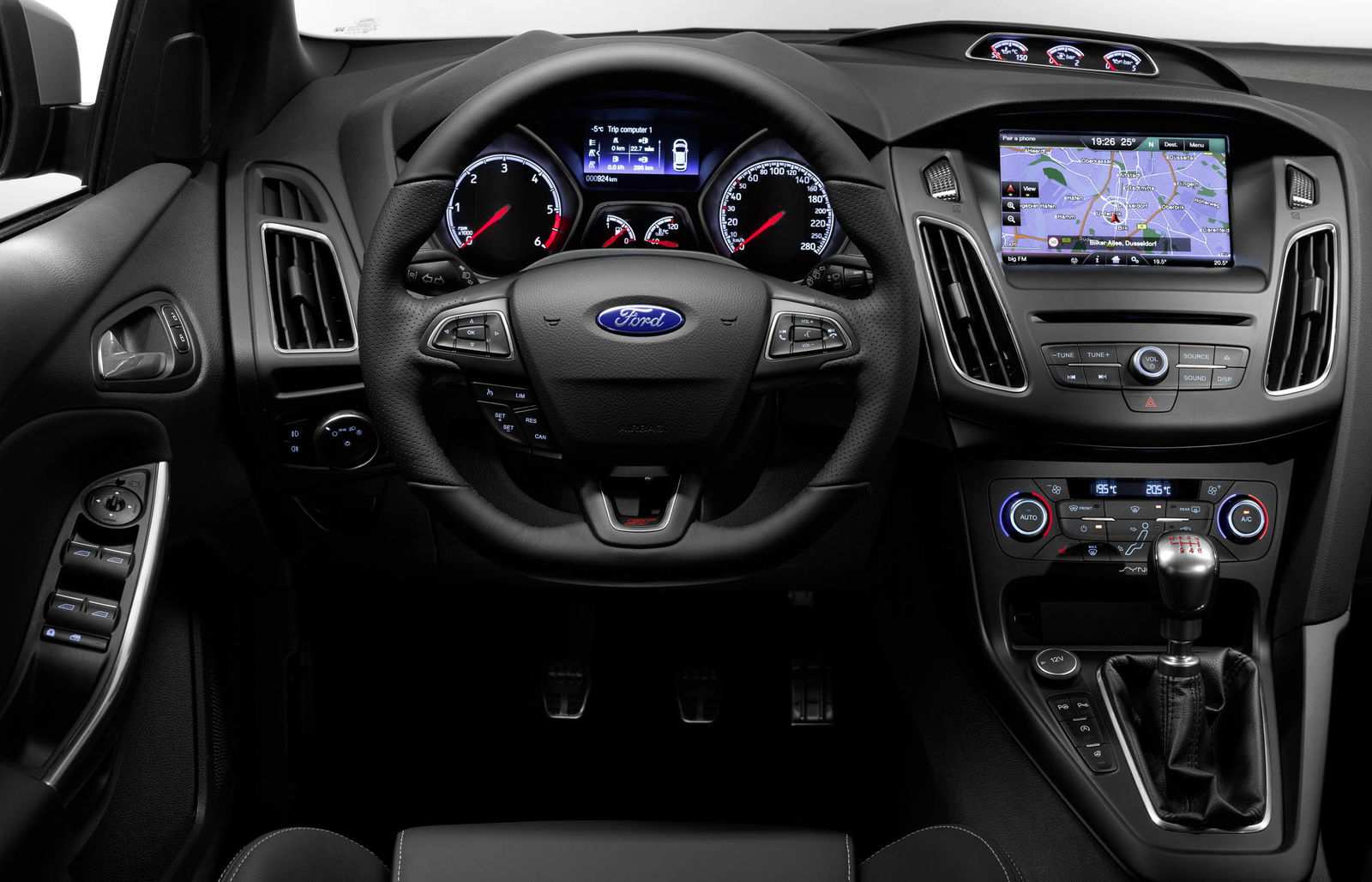
While the old Focus RS received an LSD and the clever RevoKnuckle system, the current ST has neither of these things. Instead, to limit the inevitable torque-steer you’d normally expect in a 247bhp, 266lb ft front-wheel drive car, it uses a ‘torque steer compensation’ system which works through the electric power steering.
The idea is that the system detects torque imbalances in the front wheels, and reduces steering assistance in the direction that the steering wheel is expected to be tugged. Sounds great in theory, but on our old Focus ST longtermer, we still had an abundance of torque steer, and when you could feel the system working, it often gave off a very weird, unnatural sensation through the steering wheel. We found the system to be much better in the facelifted car when we drove it earlier this year, but Spain’s smoother roads will have skewed the comparison a little.
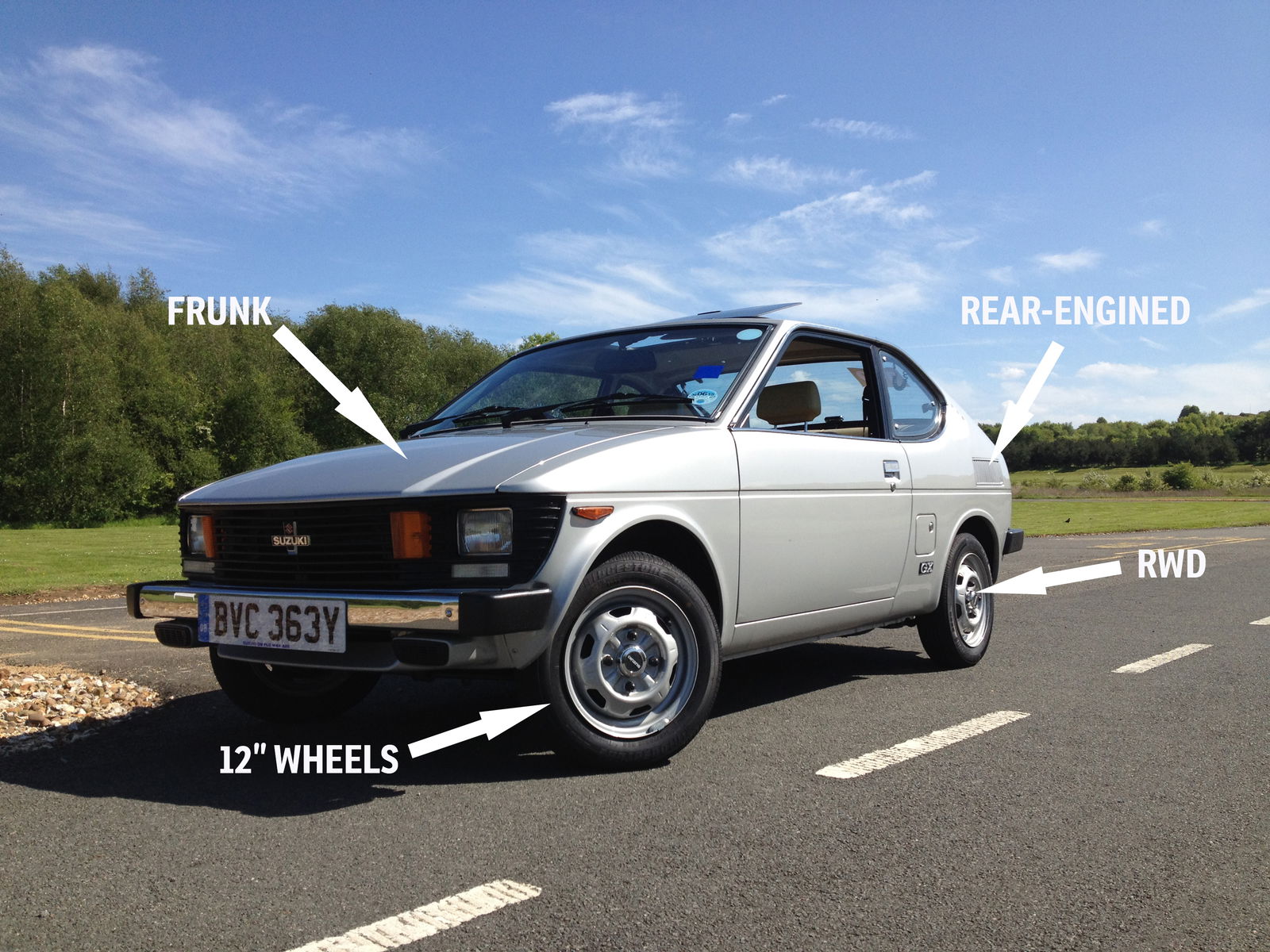


Comments